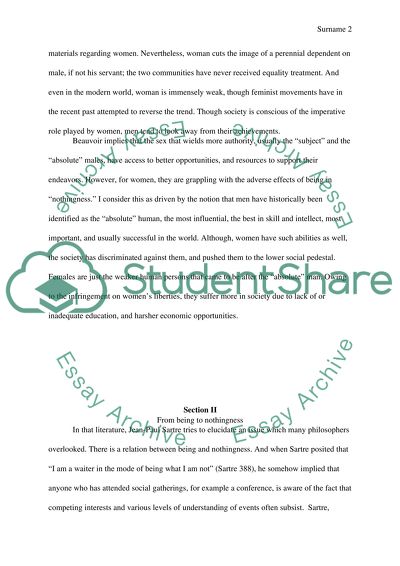Cite this document
(“A reflection of Being and Nothingness and Woman as the Other Essay - 1”, n.d.)
A reflection of Being and Nothingness and Woman as the Other Essay - 1. Retrieved from https://studentshare.org/philosophy/1598018-up-to-writer
A reflection of Being and Nothingness and Woman as the Other Essay - 1. Retrieved from https://studentshare.org/philosophy/1598018-up-to-writer
(A Reflection of Being and Nothingness and Woman As the Other Essay - 1)
A Reflection of Being and Nothingness and Woman As the Other Essay - 1. https://studentshare.org/philosophy/1598018-up-to-writer.
A Reflection of Being and Nothingness and Woman As the Other Essay - 1. https://studentshare.org/philosophy/1598018-up-to-writer.
“A Reflection of Being and Nothingness and Woman As the Other Essay - 1”, n.d. https://studentshare.org/philosophy/1598018-up-to-writer.


